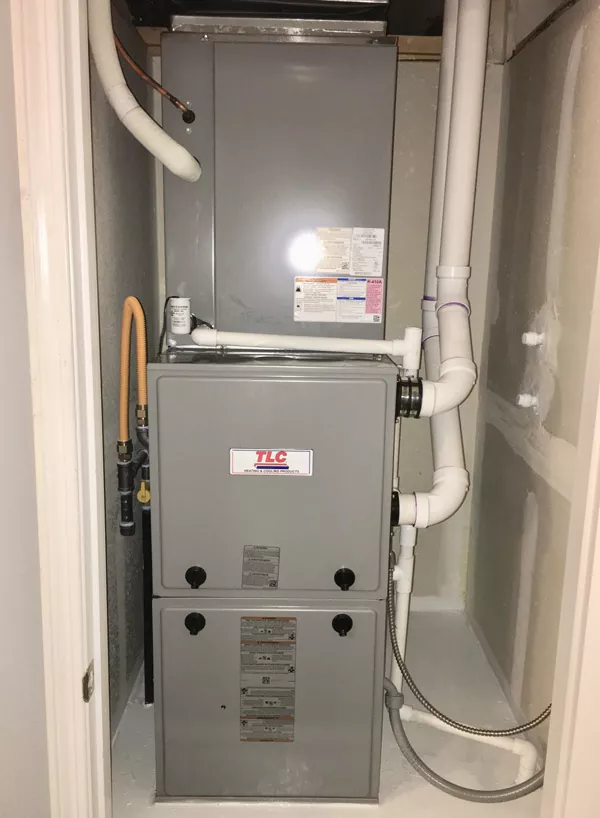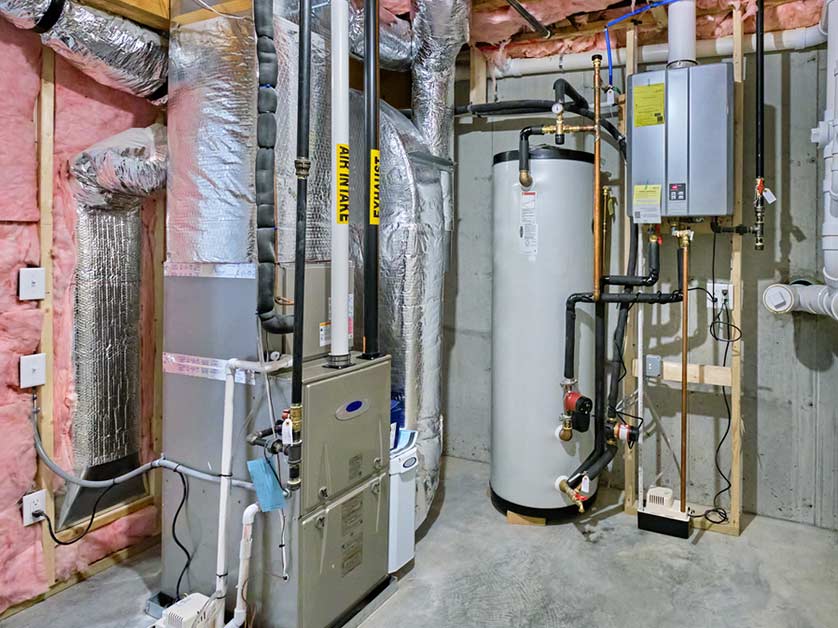Find the leading heating company for furnace installation and expert repairs
The Ultimate Guide to Furnace Installment for a Cozy Home
Heating system setup is a crucial element of preserving a comfy home atmosphere, specifically during the cooler months. Understanding the various kinds of heating systems readily available and the value of selecting the ideal size can substantially affect both effectiveness and convenience levels. A detailed installment procedure, complemented by the right tools and products, ensures optimal performance. This guide aims to outfit homeowners with the knowledge required to make enlightened decisions and execute effective maintenance practices. As you consider these factors, the inquiry remains: what steps can you take to guarantee your furnace offers you well for years to come?
Types of Furnaces
When taking into consideration heating system setup, understanding the different kinds of furnaces available is crucial for making a notified decision. The key kinds of heaters include gas, electrical, and oil heaters, each offering distinctive advantages and considerations.
Gas heating systems are the most common option because of their efficiency and reduced operational prices. They use gas or gas, providing fast heating and constant efficiency, making them excellent for colder environments.
Electric heating systems, while usually less complicated to set up and maintain, often tend to have higher operational expenses. They are commonly preferred in areas where gas solution is unavailable or for homes with existing electrical infrastructure.
Oil heating systems, though less common today, stay a sensible option in certain areas. They burn home heating oil, which can be helpful throughout chillier months, yet their reliance on oil delivery presents prospective difficulties.
Furthermore, there are high-efficiency models available across these kinds, which can significantly reduce energy consumption and energy expenses. Ultimately, understanding these heating system types will help house owners pick a system that aligns with their home heating requires, spending plan, and energy choices.
Selecting the Right Size
Selecting the proper dimension for a heating system is essential to guaranteeing optimal efficiency and power effectiveness. An undersized heating system will certainly battle to maintain comfortable temperature levels throughout the cold months, resulting in raised wear and tear, higher power costs, and prospective system failing. Conversely, an extra-large heater might cycle on and off also often, causing inefficient home heating and uneven temperature level circulation within the home.

Heater dimensions are normally measured in British Thermal Systems (BTUs), which show the amount of power needed to warm a space. It is advisable to speak with a certified heating and cooling specialist who can do the necessary computations and suggest a suitably sized system. furnace repair. Buying the right heater dimension not only improves convenience yet also contributes to long-term power cost savings and system reliability
Setup Process Review
As soon as the appropriate heating system dimension has actually been determined, the next action includes understanding the installation process. This procedure typically starts with an extensive assessment of the installation website, including the existing ductwork and air flow systems. Correct preparation is vital to ensure smooth integration and ideal efficiency of the brand-new furnace.
The installment usually consists of separating the old unit, which entails safely getting rid of any kind of electrical connections, gas lines, and ductwork attached to the previous heating system - furnace repair. Once removed, the new heater is very carefully positioned and leveled, guaranteeing that it meets the supplier's requirements for ideal procedure
Following, the installer read this post here will certainly connect the needed gas and electrical lines, sticking to regional codes and security guidelines. Following this, ductwork may need to be modified or changed to suit the new system, guaranteeing efficient air flow throughout the home.

Essential Devices and Materials
Gathering the essential tools and materials is essential for a successful heating system installment. Correct preparation ensures that the installation procedure is reliable and minimizes the potential for errors.
Key devices required include a drill, screwdrivers, wrenches, pliers, and a level. A multimeter is crucial for electric connections, while a pipeline cutter and adjustable wrench are needed for gas line installment. Furthermore, a measuring tape and a stud finder will certainly assist in guaranteeing accurate positioning and safe fastening of the furnace.
In regards to products, you will certainly require ductwork, insulation, and sealing tape to ensure optimal air movement and energy effectiveness. It is additionally crucial to have a brand-new heating system filter accessible, along with airing vent products, such as PVC pipe or metal flue, relying on the type of furnace being installed.
Safety tools, consisting of gloves, goggles, and a face mask, is likewise essential to secure versus dirt and particles throughout installment. Having all these tools and products readily offered not only simplifies the procedure however additionally improves the security and performance of the furnace installment.
Maintenance Tips for Long Life
To guarantee the durability of your heater, it is necessary to execute a regular upkeep routine that addresses vital elements of the system. Start by changing or cleansing the air filter every one to 3 months, as a stopped up filter can restrict air movement and decrease efficiency. Furthermore, examine and clean up the blower setting up to avoid dust accumulation that can prevent performance.
Next, examine the thermostat settings and alter if required to make certain exact temperature level guideline. Evaluate the ductwork for leakages or obstructions, as this can lead to power loss and uneven heating. Routinely oil the motor and bearings according to the producer's recommendations to decrease wear and tear.
Expert evaluations need to take place each year, where a certified technician can evaluate the heating system's overall condition, look for gas leakages, and guarantee that safety and security helpful hints features are functioning appropriately. Finally, think about setting up a programmable thermostat to optimize power usage and preserve regular home temperatures. By adopting these upkeep practices, you can enhance your heater's performance, prolong its life-span, and eventually take pleasure in a comfortable click for info and comfy home setting.
Verdict
Efficient heating system installment is vital for attaining optimum home convenience and energy efficiency. Recognizing numerous heating system kinds and choosing the appropriate size makes certain appropriate capability (furnace repair). A precise setup process, supported by the right tools and materials, adds dramatically to the system's efficiency. Additionally, regular maintenance plays a crucial role in extending the lifespan of the heater. Sticking to these guidelines fosters a cozy and inviting living room, necessary for withstanding the obstacles of chillier months.